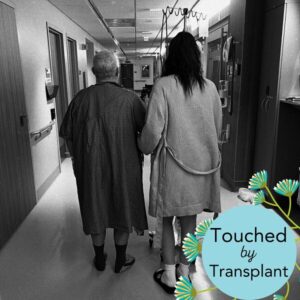Kim Borgersen has been a foster parent to 13 children and adopted four of them, including Charlotte and Nathan, young adults living with cerebral palsy who are fundraising for an accessible van at helphopelive.org. We asked the Borgersen family to explain why mobility matters to them.
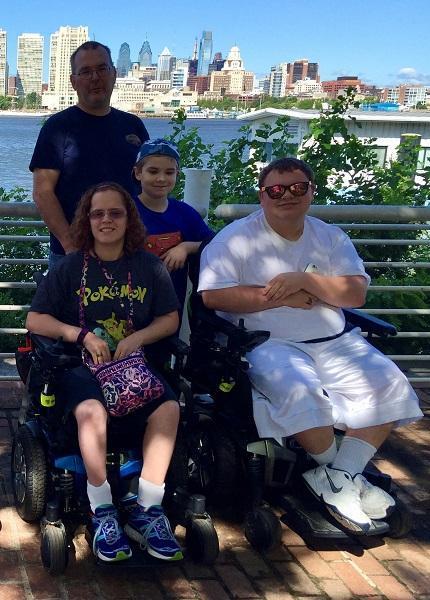
How are Charlotte and Nathan impacted by mobility concerns?
Kim: Charlotte was placed in my foster home at only 9 months of age. At that time, she was a very sick baby who was unable to sit or move independently. I immediately got her involved in Early Intervention services, including speech therapy, occupational therapy, and physical therapy. We also secured positioning equipment, braces for her legs, and specialized mobility equipment, such as walkers, strollers, and wheelchairs.
Nathan is Charlotte’s biological brother, and he entered my home as a newborn. It became apparent quickly that Nathan had many of the same physical concerns as Charlotte, so he also started receiving early intervention services when he was just a few months old.
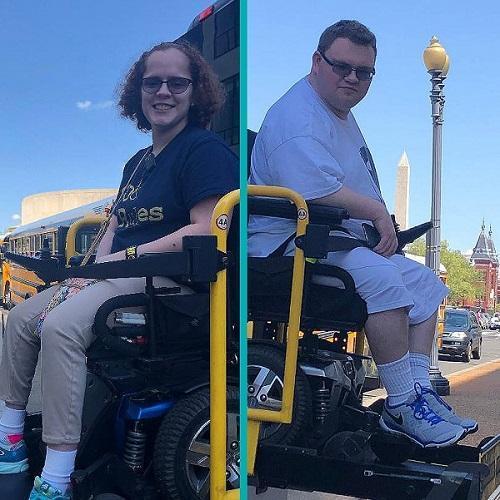
Their mobility is primarily affected by cerebral palsy and back problems, and while they can walk, they fatigue quickly and experience pain or discomfort if they walk or stand for anything other than short periods. Nathan and Charlotte both use power wheelchairs for mobility and continue to require physical therapy from time to time.
How do mobility needs impact day-to-day life?
Nathan: I can’t walk very far or stand very long before my legs fall asleep. I use my power wheelchair, which makes it easier for me to move around with less effort. I’ve used my wheelchair at college, and I need it to be able to work. My wheelchair also lets me enjoy places like the park, Franklin Institute, and Disney World.

Charlotte: My power wheelchair gives me freedom and independence to get around my community and socialize with my friends and family. Without my wheelchair, I would not be able to navigate my college campus—I would have given up on college if I had to walk and carry supplies around the campus.
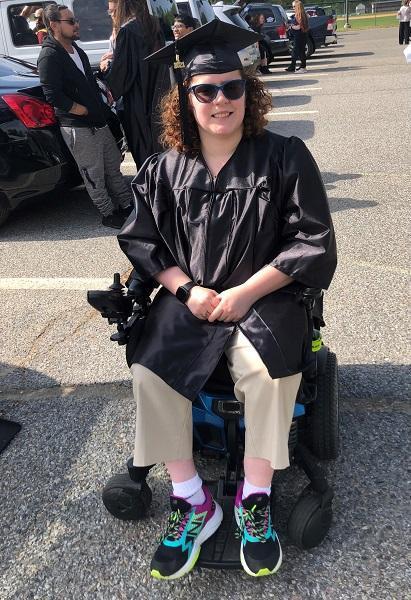
Kim: Having access to mobility supplies gives Charlotte and Nathan the freedom and independence to do the things that their peers do. When Charlotte and Nathan were younger, they sat in adaptive strollers and wheelchairs and depended on others to push them wherever they wanted to go. I’ve watched them gain so much confidence since getting power chairs and being able to navigate their environments independently.

Why do you need an accessible van?
Kim: Our current transportation situation interferes with my ability to support Charlotte and Nathan, and it is limiting their potential to become functioning adult members of society and live their best lives. We need an accessible van that can accommodate our family, including their power wheelchairs.
We have made attempts to use public transportation, including paratransit, but these experiences have been not only unreliable and frustrating but also sometimes unsafe. We’ve encountered problems with elevators, their chairs blocking the aisles for other riders, missing ramps, wheels getting stuck, and even bus drivers shutting the door and driving away, saying, “I don’t want to deal with the wheelchair.”
There is a lack of availability of accessible private options such as Uber or buses. On one occasion, we took a bus trip and alerted the company ahead of time that Charlotte and Nathan were power wheelchair users. When we arrived at our destination, the lift got stuck. It took them two hours to get off the bus. The whole group had to wait as they brought a new bus with a working lift, and we felt bad holding people up just because of our mobility needs.
Charlotte tried a paratransit option to go back and forth from community college, which is just 8 miles from home. She could either show up several hours before her first class, which meant being very tired and struggling to focus, or late, which made her feel anxious and behind.
With no other options, we are currently transporting both chairs in the back of our minivan. The ramp we have is very heavy to lift and manipulate, not to mention time-consuming, and transporting the two chairs is taking a physical toll on me as well as the minivan. We are right at the maximum capacity of the van, so we have to be careful to limit how many other items are in the van at a time. Unfortunately, this also impacts our ability to travel.
Why did you start fundraising with Help Hope Live?
Kim: The type of van that we need will cost at least $65,000. While their insurance provided them with power chairs, it has refused to contribute to the cost of a vehicle to transport those wheelchairs.
Charlotte: We were recently shown an accessible van that could fit our whole family, including Nathan and me as we were sitting in our wheelchairs. Being able to just drive my wheelchair into that accessible vehicle felt so freeing. I loved the feeling of independence.
Kim: We started fundraising with Help Hope Live in January 2020. I chose Help Hope Live because they are a 4-star-rated national nonprofit, and all donations are tax deductible.
These attributes are important to me because I can assure contributors that Help Hope Live manages all the funds raised and will use them to pay only legitimate medical and related expenses. Another important consideration is that because Help Hope Live maintains discretion over the funds we raise, we are not jeopardizing Charlotte or Nathan’s Medicaid coverage.
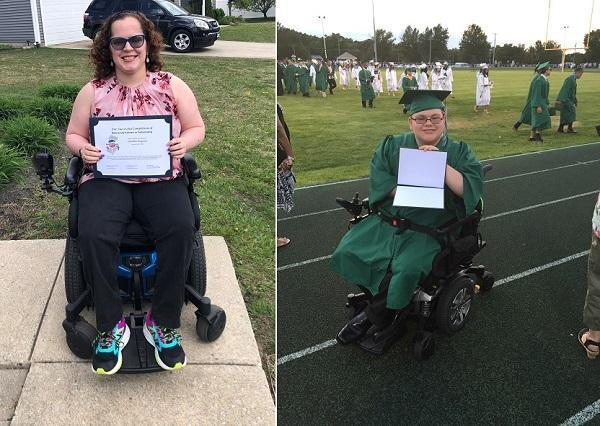
What do you wish everyone knew about mobility?
Kim: Individuals who use mobility devices face so many challenges when trying to be active members of the community. I wish that the government, insurance companies, and the public had a better understanding of those challenges, including the struggle to transport wheelchairs without an accessible van and the overwhelming cost of that van.
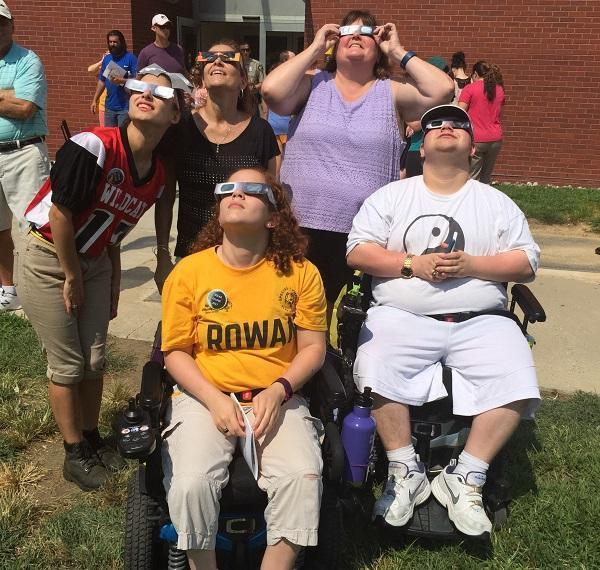
Follow Charlotte and Nathan’s journey, make a donation, or leave a message of support at helphopelive.org.
Written by Emily Progin
